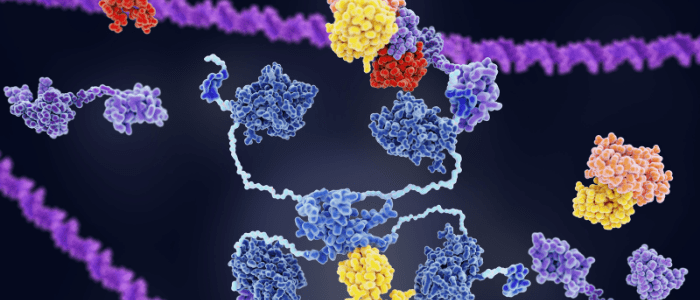DNA origami puts CRISPR enzymes in a twist

Researchers have developed a way to map the movements of CRISPR enzymes as they cut genetic sequences at an ultra-fast rate, using DNA origami. In 2020 the Nobel Prize for Chemistry was awarded to Emmanuelle Charpentier (Max Planck Unit for the Science of Pathogens, Berlin, Germany) and Jennifer Doudna (University of California, Berkeley, USA) for their research on CRISPR/Cas9 genetic scissors. These genetic scissors work extremely quickly, allowing timely editing of genetic sequences. However, the speed of cutting can sometimes mean that the sequence is cut at a point it is not supposed to be cut at, and it can...
To view this content, please register now for access
Join our member community for FREE to access a collection of journal and online-only features, including:
- Exclusive access to educational videos, eBooks and insights into top BioTechniques journal articles
- The latest news and journal updates delivered straight to your inbox when you want it
- Personalized recommendations for the latest member-exclusive podcasts, interviews and expert opinions
- Priority registration to webinars, panel discussions and events
- Access to competitions and journal publication discounts, including 10% off open access fees when you sign up today!